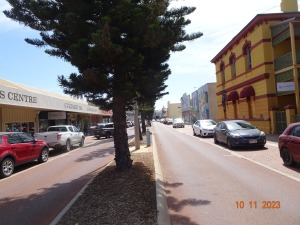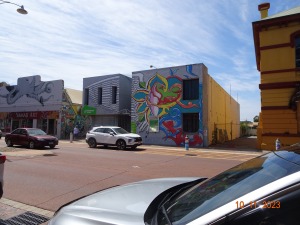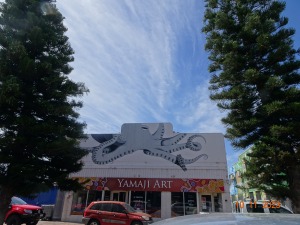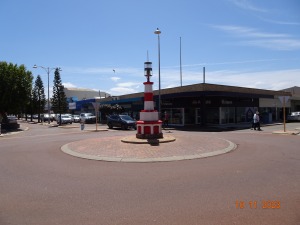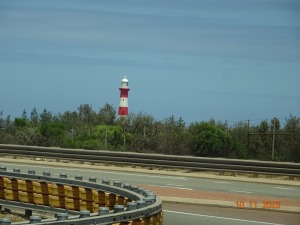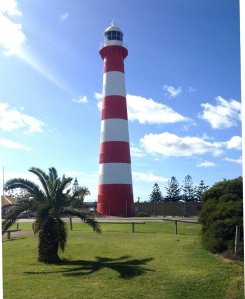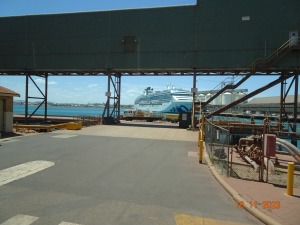Maureen and I have completed 20 cruises since 2015 and 13 of them have been with Princess Cruises.
So, I thought that I would comment on our recent cruise in Royal Princess, (launched in 2012) which was a 14 day cruise to New Caledonia, Vanuatu & Fiji.
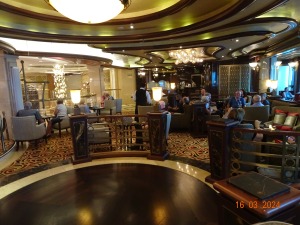
Crooners Bar– Deck 7 – the semi-circle is a small dancefloor.
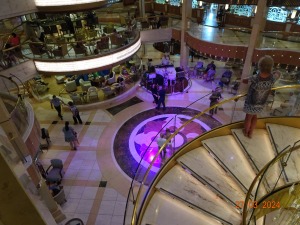
Atrium which is deck five – I took the photograph from deck seven. The Crooners Bar was behind me.
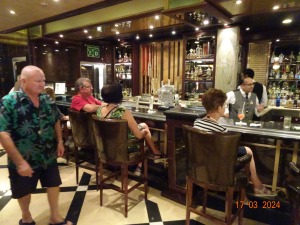 The Crooners Bar.
The Crooners Bar.
To the right of the bar are was a large lounge area which was part of Crooners, i.e stewards patrolled the area, took orders and the Crooners bar staff fulfilled the drink order – the staff never stopped.
Maureen & I liked sitting at the bar for a pre-dinner drink, because it was interesting to watch the skilled barmen making various drinks and it was easier to chat to other passengers at the bar than at a table for two in the lounge area.
On our first or second evening Maureen ordered a non-alcoholic drink which contained an olive, so she asked for a toothpick to spear the olive.
Sorry, said the barman, but toothpicks are banned. I jokingly asked if it was because it could be used as a weapon.
The barman told us that the Company was trying to save the world by not using wooden items.
Later Maureen asked for a straw to control the escaped olive. The straw was half the size (as in length) of a normal straw and it was thinner, so if your drink had cream in the mix to make a thicker drink it would be difficult to suck through such a small diameter straw.
I checked the half size straw – it was made from paper, and paper is made from trees so why not make toothpicks from the off cuts from the paper trees?
At this bar it was very pleasant to chat to people from various countries such as the USA, Canada, New Zealand and even as far away as the UK, as well as Australians from Sydney, Melbourne & western Australia.
For those readers who may not realise how large Australia is – New Zealand is three flying hours from Sydney, but cruise passengers from Western Australia have a five hour flight if non-stop, but often the flight transits other cities before reaching Sydney making the journey much longer.
As soon as it got close to 5.00 pm the music started two decks down in the Atrium. I like music when having a drink and a chat, but the volume of the music was so high we had to shout to our neighbour in the next seat.
Even a piano player one evening who started off at the correct level (background music) increased the volume and began to sing, which killed conversation.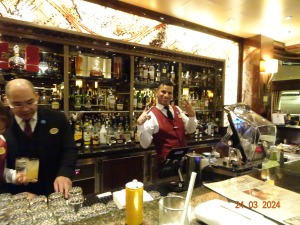
Some evenings it was so loud that we moved a considerable distance to another bar ‘The Wheelhouse Bar’.
We used to visit this bar after seeing the show in the evening for a couple of drinks before going to bed.
At 5.00 pm it was quiet with a violinist or a piano player creating pleasant background music.
The staff at both bars were very good, and once they knew your favourite drink they would produce it or in my case wave a certain beer can at me, and they always remembered our names.
All the staff that we came in contact with from our cabin steward to bar staff were excellent.
The barman in the red vest in the above photo was from India and would always greet us, even if we were just walking past his bar when he saw us.
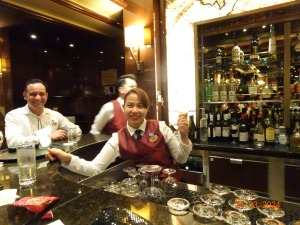 Same bar (Wheelhouse Bar) and the young lady is from the Philippines, like her Indian colleague she was friendly and knew the name of regulars and their favourite drinks.
Same bar (Wheelhouse Bar) and the young lady is from the Philippines, like her Indian colleague she was friendly and knew the name of regulars and their favourite drinks.
Around 9.00 pm the music in this bar became too loud and killed conversations so we shouted goodnight and left for our cabin.
One evening Maureen & decided to have specialty meal at the Crown Grill, which is a steak restaurant at an additional cost of about AUD $70 per person.
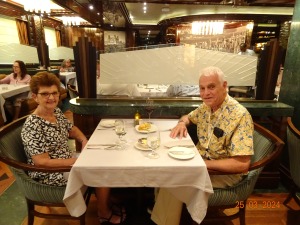 We started with an appetizer – the pic below was of my choice of appetizer.
We started with an appetizer – the pic below was of my choice of appetizer.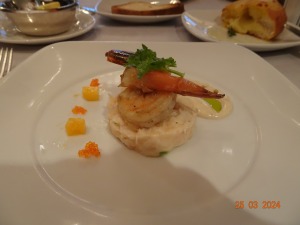
followed by soup or salad, again my choice below.
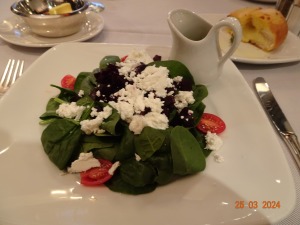
Followed by 400 gram (14 oz) rib-eye steak – medium rare.
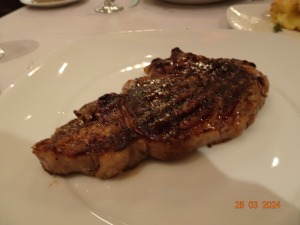
The problem was that it was virtually un-cooked underneath, and when I cut in to it, I was unable to cut pieces off the main steak due to the sinews. In the end I gave up and pushed the plate away. The steward who had served us was very concerned and called the maître d’ who wanted to order a fresh steak. I refused because we were pressed for time to see the evening show.
On a positive note the chips (separate bowl) were fine.
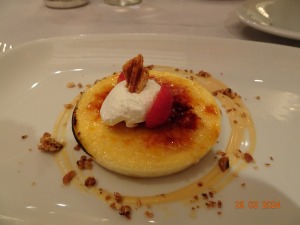
We had enough time for coffee & pudding.
A few nights later in the main dining room I ordered a strip steak, again medium rare. It arrived with a large number of fat layers and once again when I cut in to it, I was unable to cut through due to the sinews.
Again I made do with the chips and refused a fresh meal as I had spent too long dealing with the steward and another maître d’ who took my plate and was going to show it to the chef and order a fresh meal. There comes a time when one loses their appetite.
On another evening in the main dining room one of the main courses was Shepard’s Pie. I did not order it because it brought back memories of lunches at school, and I was surprised that a Princess chef was unable to create a main course meal on a modern cruise ship in 2024 other than Shepherd’s Pie. Passengers had paid a lot of money not to be offered school dinners.
In all my dealings with the wait staff and the maître d’s one could not fault their focus in their effort to satisfy the customer.
On a positive note, Maureen, being a coeliac, had an evening discussion with the maître d’ in which ever dining room we were in at the time, about the following day’s meals.
Maureen would be presented with the following day’s menu and was able to pick what she wanted, and it would be created gluten free.
Regardless of where we ate in the evening once the staff or maître d’ was aware that Maureen was a coeliac and that she had ordered her meal the previous evening they were able to deliver her meal at the same time as mine.
Back to the bars – On deck 16 was the Seaview Bar
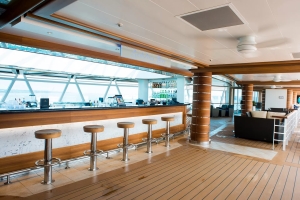
which is a great place to have a pre-lunch drink and to just admire the view of the sea and the outdoors. On the other side of the bar there is another row of seats, but also the ‘Sea View Walk’
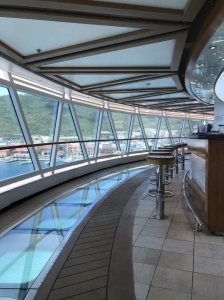
The see view walkway was a favourite place for children to watch the sea sliding below.
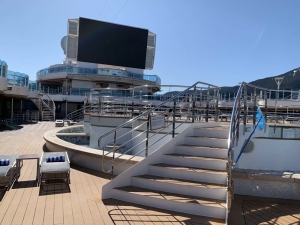
The Seaview Bar is located on deck 16 midships near the left-hand bottom corner of the above picture, and as you see the large public screen dominates the area. When in port it is quiet so sitting at the Seaview Bar was a pleasure and we were able to chat normally.
Unfortunately, when at sea the screen shows films, and the soundtrack is very loud – one can’t but hear the characters speaking and any gunshots are exaggerated with sound around system.
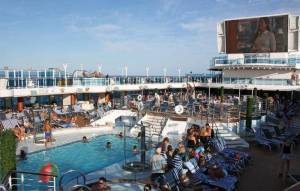
Trying to hear someone at the bar was a struggle so we would move to the Outrigger Bar which is right aft. At least one doesn’t have to shout an order to the barman because any music was very low key, pleasant without being challenging.
It occurred to me that the bar staff near the music inside the ship and the giant screen outside must do a course in lip reading.
This cruise was our thirteenth cruise with Princess, so we have experienced many sea days and visited many ports. Of the thirteen cruises this one was the least appealing, mainly due to the lower-than-expected standard of food and the loudness of the music throughout the ship.
There was one finally negative aspect for me. When I booked the cruise, I asked for ‘Princess Reserve’ location which is a mini-suite with a good location and a reserved area in the main dining room. We had experienced this location on a previous Princess cruise, and we liked the additional service-for an extra fee of course.
When I made the booking, I was told that all the Princess Reserve locations had been sold so I asked to be put on the ‘wait list’ in case of cancelations. I received an e-mail confirming that this was in place.
About two weeks or so before we were to join the cruise, I received an e-mail that I could bid for a Princess Reserve Location. What had happened to the fact of being on a wait list?
On joining the ship, I asked at the Customer Service Desk for an explanation and showed my e-mails about being on the wait list.
I was told that Princess Reserve was full and there was nothing that he could do about it – it took some time for the staff member to grasp the point of my complaint that Princess had not honoured the wait list by offering the position to be sold via bidding. He did take copies of the paperwork and said he would e-mail my complaint to H/O. That was the last I heard from anyone about my ‘wait list’ complaint.
I had booked the same ship for a cruise in October 2024, which is the beginning of the cruising season in Australia.
A few days after arriving home I considered my options – complain about the loud music, the poor standard of the food and the failure of Princess not honouring the wait list, and possibly having an ongoing back & forth ‘fight’ via e-mails.
My decision was easy – I cancelled the cruise and forfeited the small deposit and booked a similar cruise in October with Celebrity Cruises, but this time in a suite, which is a little more expensive than the Princess Reserve, but Celebrity Cruises are offering a lot more – private dining room, private bar, private pool and of course a larger cabin in a vessel that first sailed with passengers in November 2018.
The forthcoming cruise will be our fourth with Celebrity, and it would have been our fourteenth with Princess, but not now.

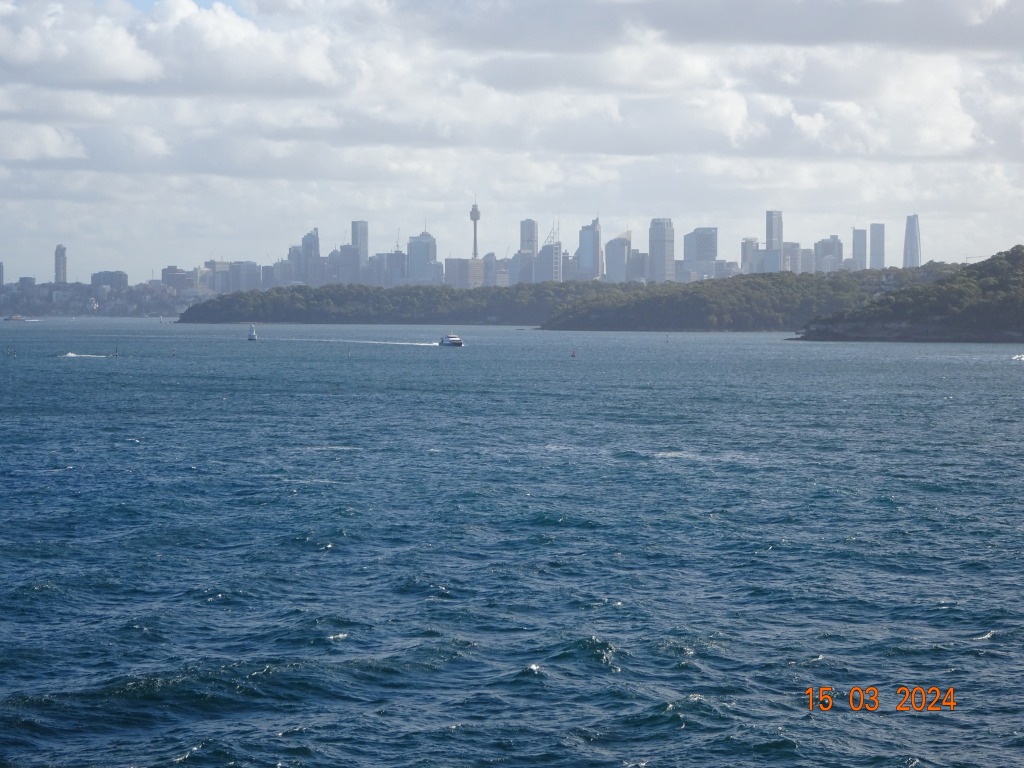
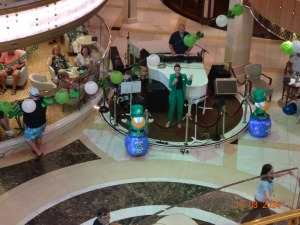
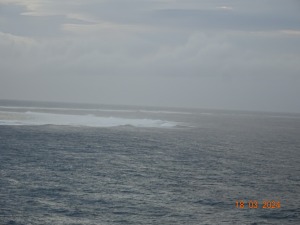
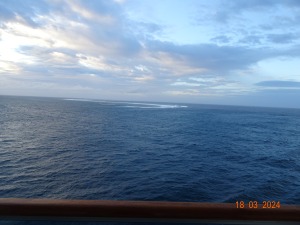
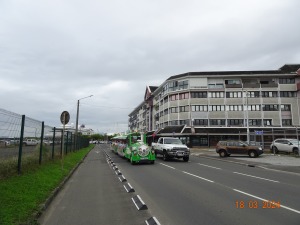
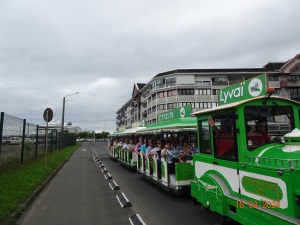
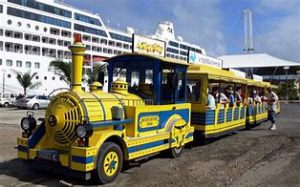
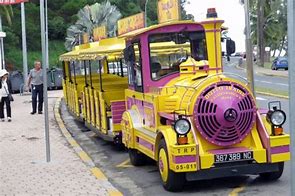
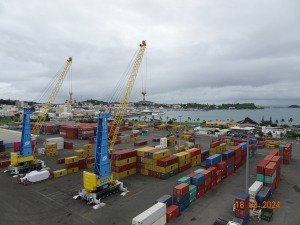
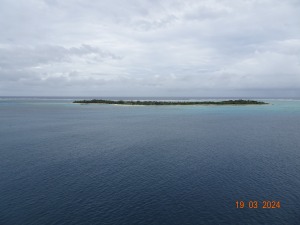
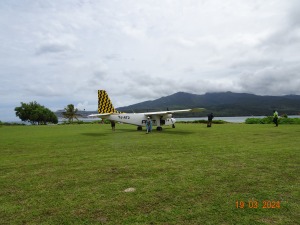
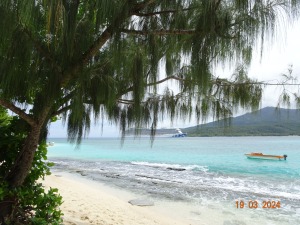
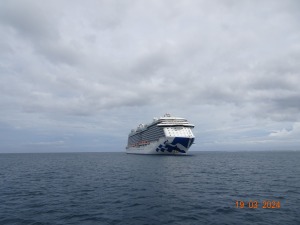
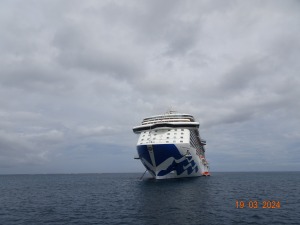


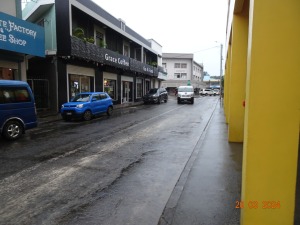
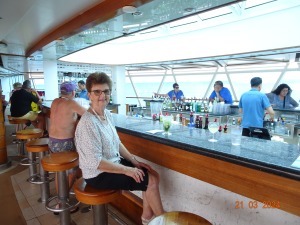
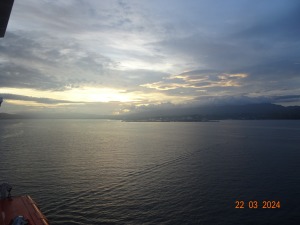
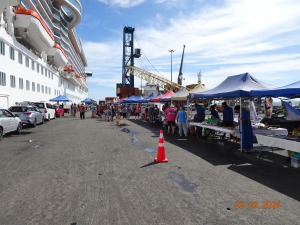
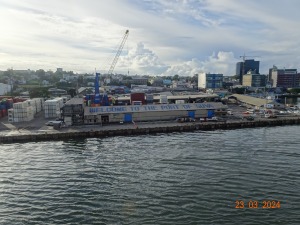 Next stop in Fiji was Suva the capita, designated as such in 1882.
Next stop in Fiji was Suva the capita, designated as such in 1882.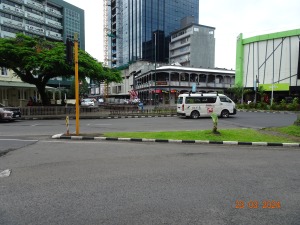
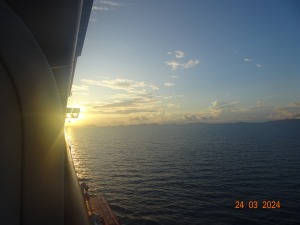 Next morning as we approached Dravuni Island.
Next morning as we approached Dravuni Island.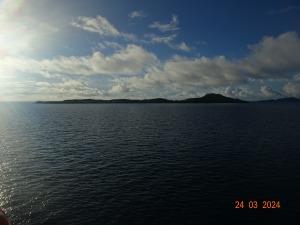 Another tender port – the island has about 150 people, including children and they have their own school.
Another tender port – the island has about 150 people, including children and they have their own school.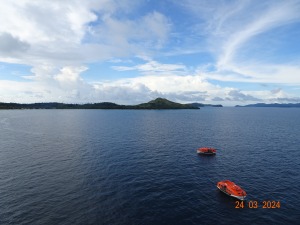
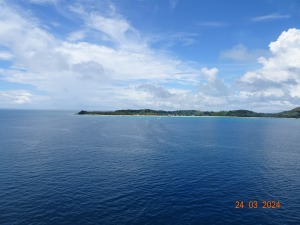
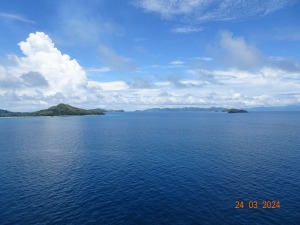
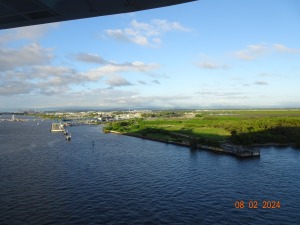 Approaching the berth at Brisbane Cruise Terminal.
Approaching the berth at Brisbane Cruise Terminal.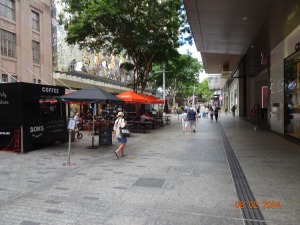
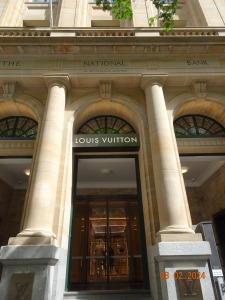

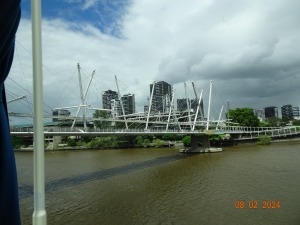
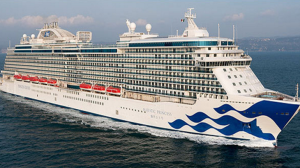

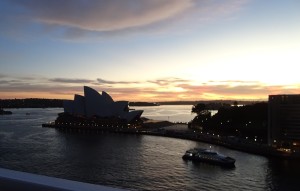
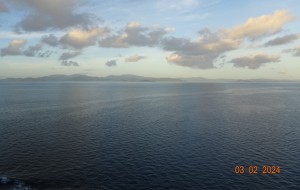
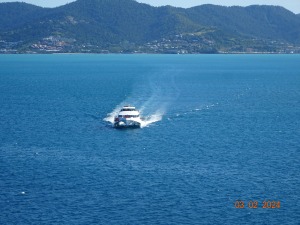
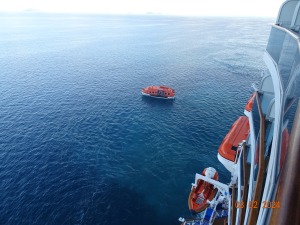 Not that there was anything wrong with the tender boats it was all to do with speed. It was a win / lose situation we arrived at the destination quite quickly, but the faster boat being larger took longer to manoeuvre amongst small private boats to discharge the passengers. The ship’s tender being slower but smaller was able to nip in and out of the other small craft and the passengers from both vessels were disembarked at the same time. QED.
Not that there was anything wrong with the tender boats it was all to do with speed. It was a win / lose situation we arrived at the destination quite quickly, but the faster boat being larger took longer to manoeuvre amongst small private boats to discharge the passengers. The ship’s tender being slower but smaller was able to nip in and out of the other small craft and the passengers from both vessels were disembarked at the same time. QED.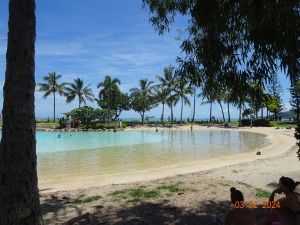
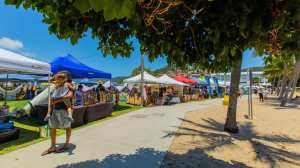 The market near the beach, which is open whenever a cruise ship arrives, was the obvious place to buy a hat. I think the last time I wore a hat was during my time at sea in the early 1960’s so this was a big deal.
The market near the beach, which is open whenever a cruise ship arrives, was the obvious place to buy a hat. I think the last time I wore a hat was during my time at sea in the early 1960’s so this was a big deal.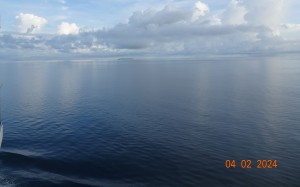 Flat calm as we slowly edge to our place to anchor.
Flat calm as we slowly edge to our place to anchor.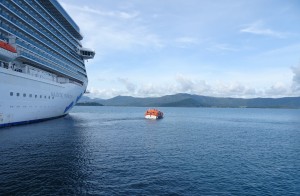

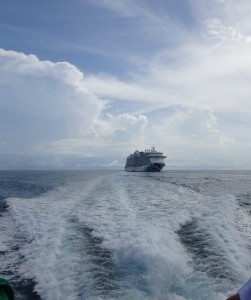
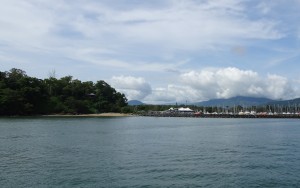
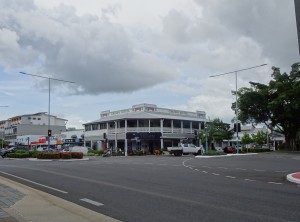
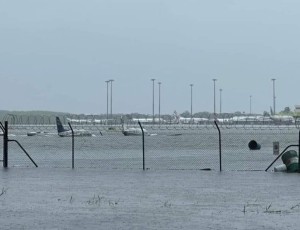
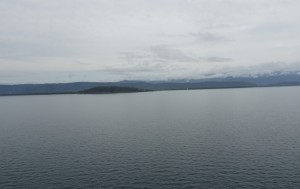
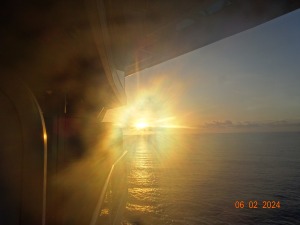
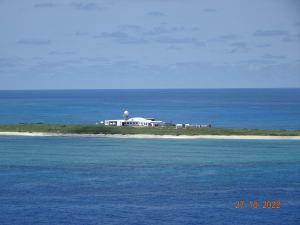
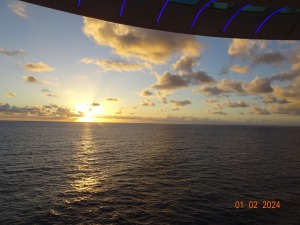
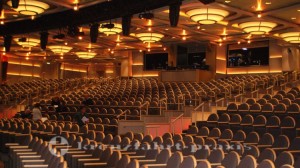
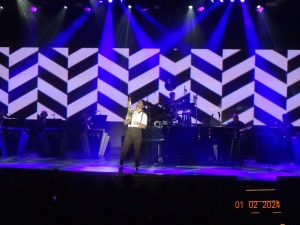
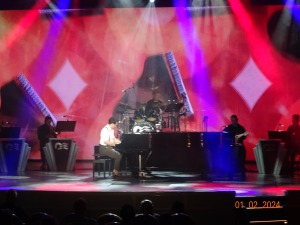
 Production show time with the Princess dancers/ singers. Beautiful voices and great dancing, a very professional show. The above pic doesn’t do them justice.
Production show time with the Princess dancers/ singers. Beautiful voices and great dancing, a very professional show. The above pic doesn’t do them justice.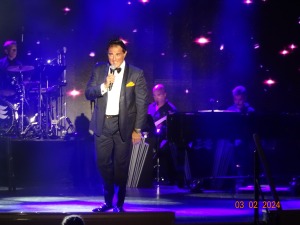
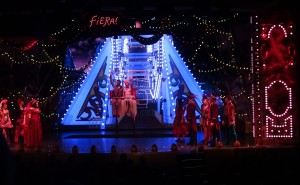
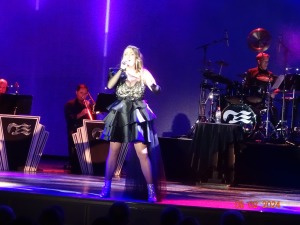
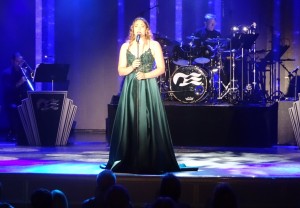
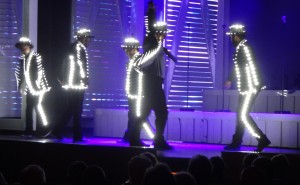
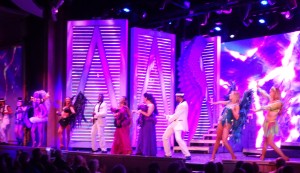
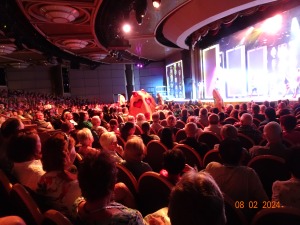

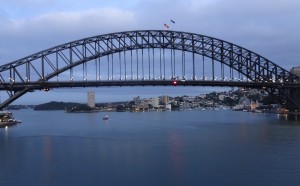

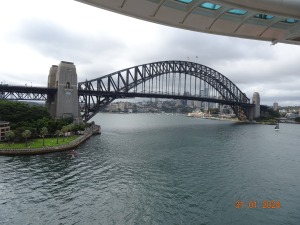
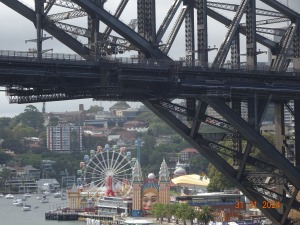
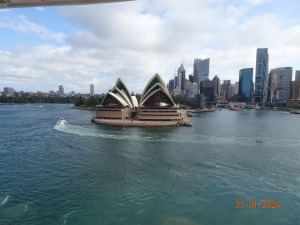 The Opera House, which used to be a tram terminus – the Opera House opened in October 1973.
The Opera House, which used to be a tram terminus – the Opera House opened in October 1973.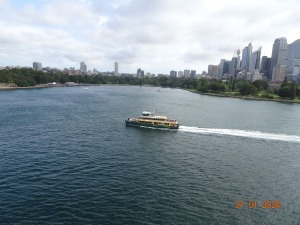
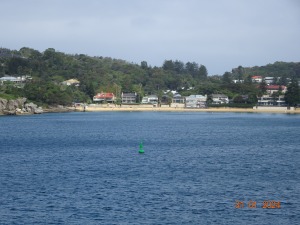
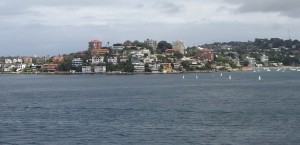
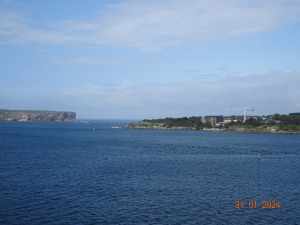

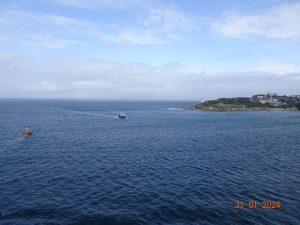
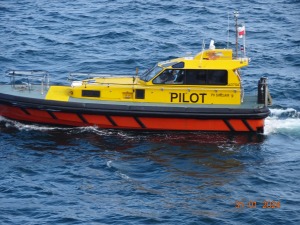
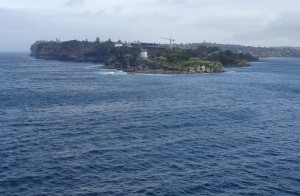 South Head of Sydney Harbour, pilot has disembarked, full ahead and the cruise has begun.
South Head of Sydney Harbour, pilot has disembarked, full ahead and the cruise has begun. 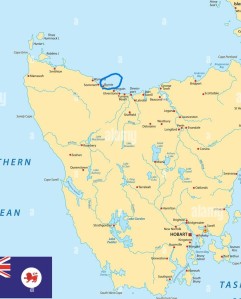

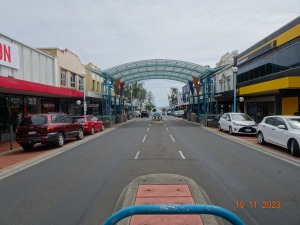

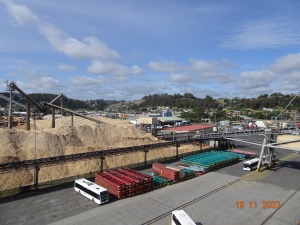
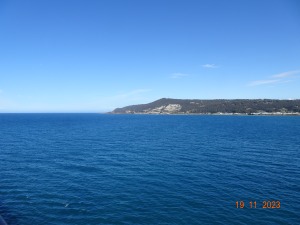
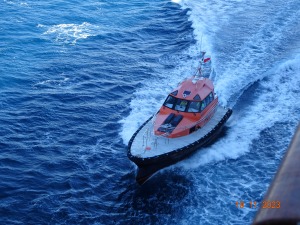
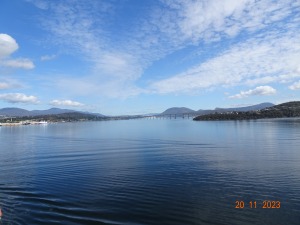
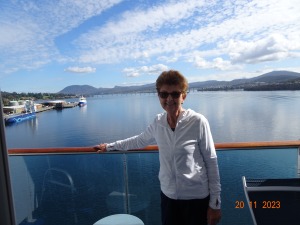
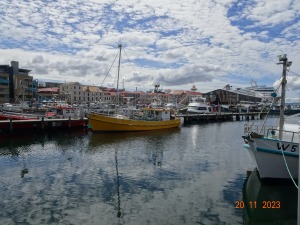
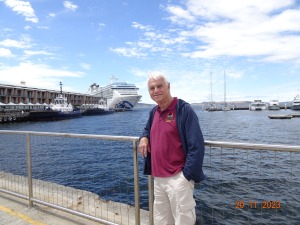
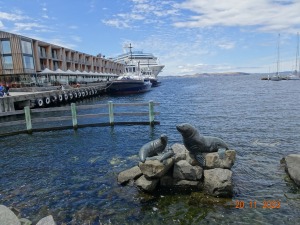 Seals in the harbour – statues
Seals in the harbour – statues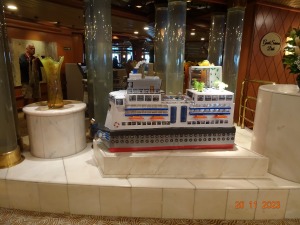
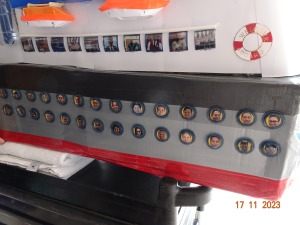
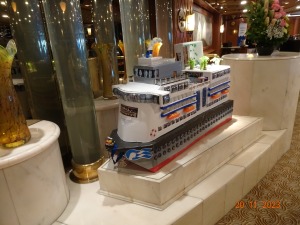
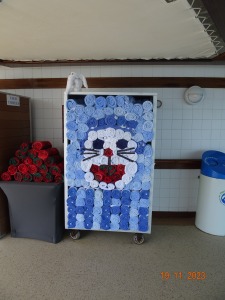
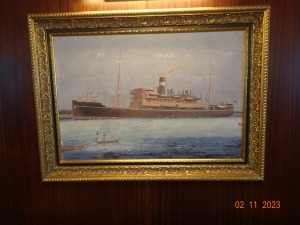

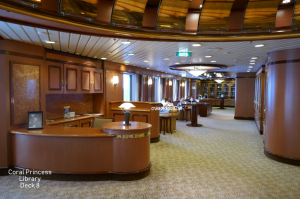
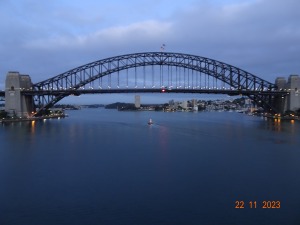

 Sometime in 1981, I’m with our two children next to the bricks that would be used to build our home. At that time, we lived in rented accommodation about an hour’s drive from where we planned live.
Sometime in 1981, I’m with our two children next to the bricks that would be used to build our home. At that time, we lived in rented accommodation about an hour’s drive from where we planned live. 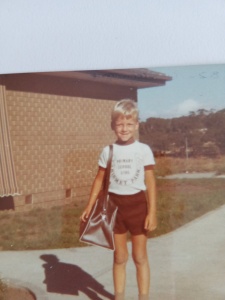
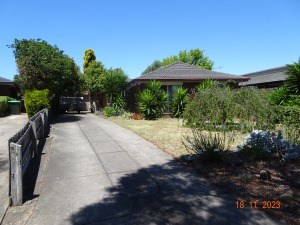
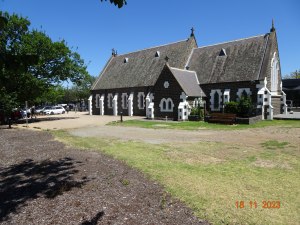

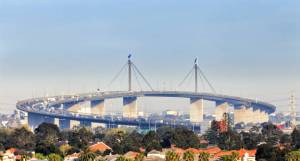
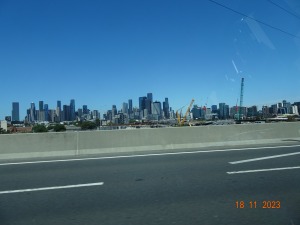
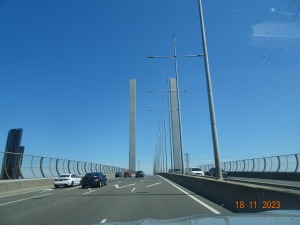
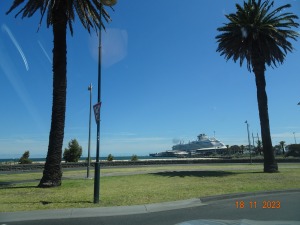
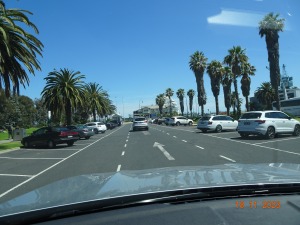
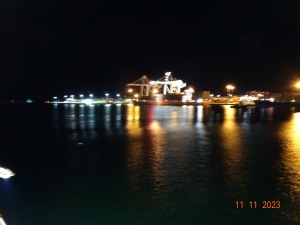
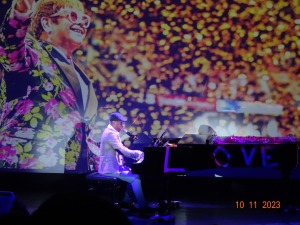
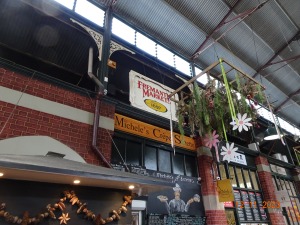
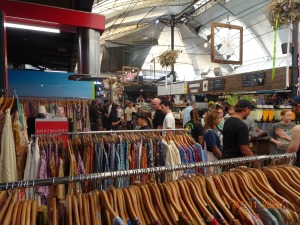
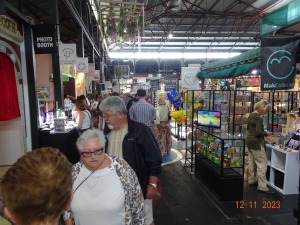
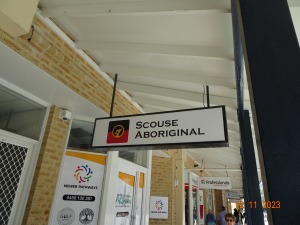
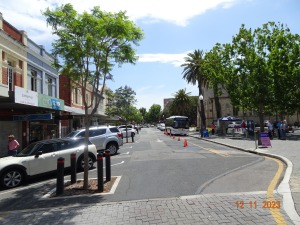
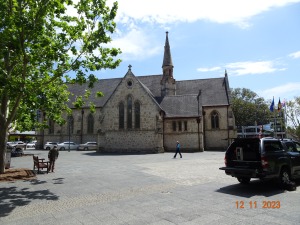
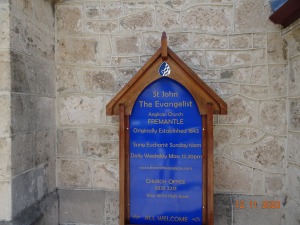
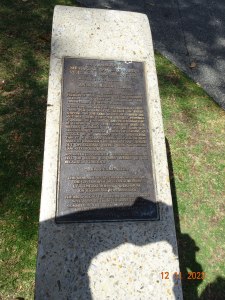
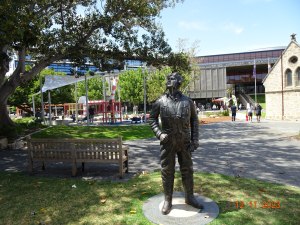 Air Vice Marshal
Air Vice Marshal 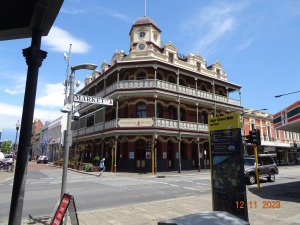

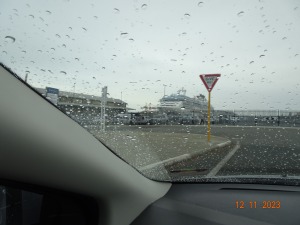
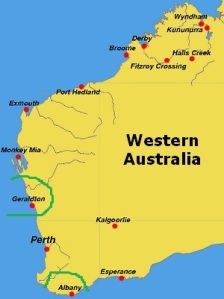
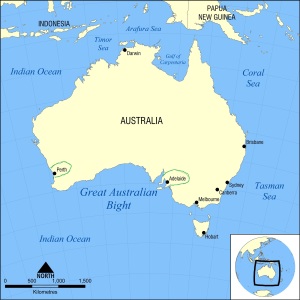
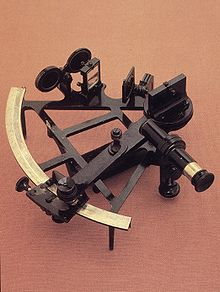
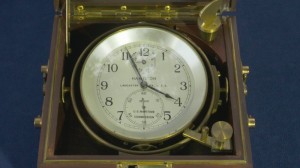
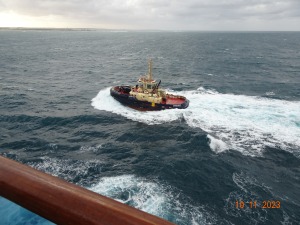
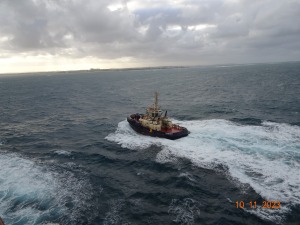

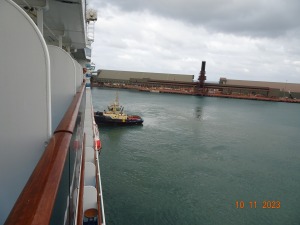
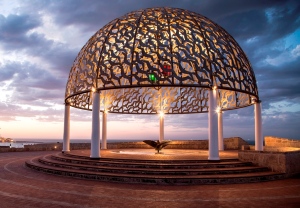
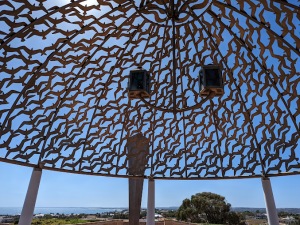
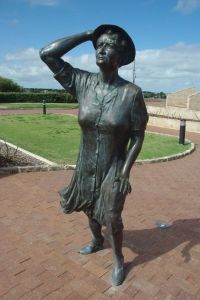
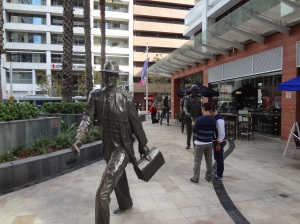 I photographed the above statue along with others in 2016 in Perth.
I photographed the above statue along with others in 2016 in Perth.